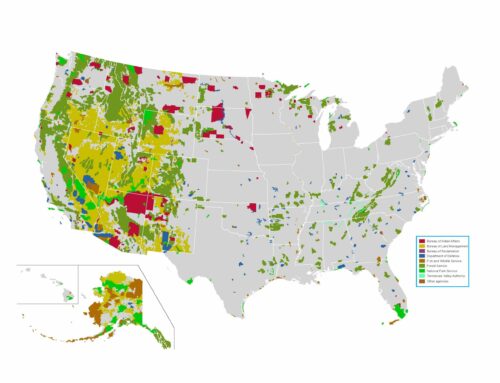by Katy Grimes, E&E Legal Senior Media Fellow and California Globe Editor
As Appearing in the California Globe
The state has wasted enough water to meet the needs of 80 million people for a year
AccuWeather reports a snow survey in California revealed that the state only received about 50% of its average precipitation during the 2021 water year, tying it for its third-driest on record.
As for water storage, AccuWeather says:
Lake Shasta, California’s largest surface-level reservoir, recorded 65% of what is considered average.
Lake Oroville, the largest reservoir within the State Water Project, a 700-mile-long water storage and delivery system, is at 53% of average. The State Water Project supplies water for over 27 million people and irrigates about 750,000 acres of farmland.
Statewide, Sean De Guzman, chief of snow surveys for the California Department of Water Resources, said the largest reservoirs are holding around half of their total capacity. When current snowpack melts, reservoirs in the state are still only expected to be filled up to 58% of average capacity.
What they don’t say is that the state has been letting water out of reservoirs across California for months now. And it’s not going to farmers, growers, ranchers or urban use. Environmental policy says the water “flows” from reservoirs are necessary to produce a rebound of endangered Delta smelt and Chinook salmon. However, these policies are a failure as neither species have been collected in all of the latest trawling surveys, where they spend several days a month searching in more than 200 spots. This practice of releasing water and hoping fish improve, has been unsuccessful for nearly 30 years, according to Kristi Diener, a California water expert and third-generation Central Valley farmer. Both species are close to extinction.






